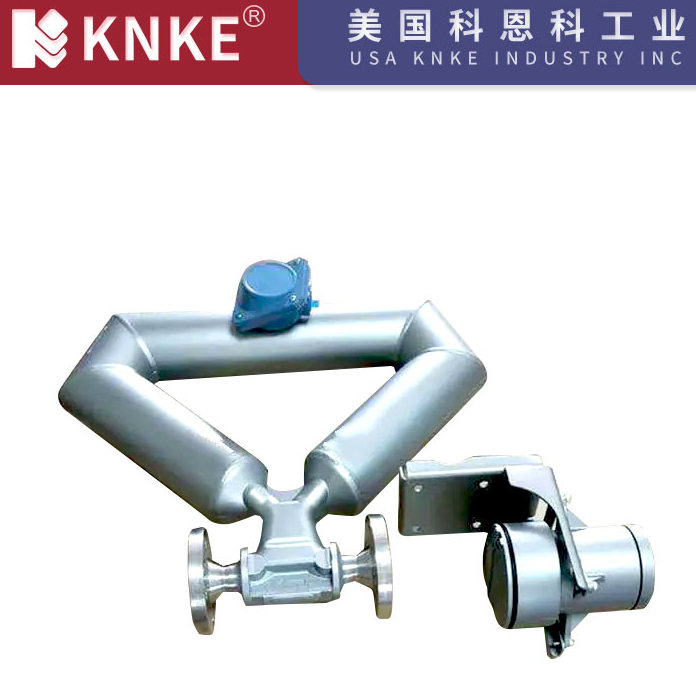Mass Flowmeter Installation Requirements
A mass flowmeter is an instrument that directly measures the mass flow rate of a fluid, widely used in petrochemical, food, pharmaceutical, and energy industries. Proper installation is crucial to ensure measurement accuracy, stability, and service life. This guide outlines best practices from pre-installation preparation to commissioning and maintenance.

1. Pre-Installation Preparation
- Model Selection Verification
- Ensure that the mass flowmeter’s range, pressure rating, and media compatibility match the actual working conditions.
- Check fluid temperature, pressure, and corrosiveness to ensure they are within the instrument’s design limits.
- Installation Environment Check
- Avoid areas with strong electromagnetic interference, excessive vibration, or high heat sources.
- Ensure adequate space for safe operation and future maintenance.
2. Installation Location Requirements
- Straight Pipe Length
- Although mass flowmeters require minimal straight pipe runs, it is recommended to provide straight pipe lengths before and after the meter to reduce fluid disturbance (typically ≥5D upstream and ≥3D downstream, where D is the pipe diameter).
- Avoid Turbulence Zones
- Keep away from pump outlets, valves, elbows, or other strong disturbance sources.
- Prevent Air Bubbles and Sediment
- For liquid measurement, avoid installing at the highest point in the pipeline or locations prone to air accumulation.
- For viscous or sediment-prone media, avoid installing at the lowest point to prevent buildup.
3. Piping Connection and Support
- Alignment and Stress Control
- Ensure proper alignment when connecting via flanges or threads to prevent stress-induced measurement errors or sensor damage.
- Avoid twisting or forcing the meter into position during installation.
- Sealing and Leak Prevention
- Select suitable gaskets or welding methods based on the fluid properties to ensure reliable sealing.
- Support and Vibration Reduction
- For large-diameter pipes or high-velocity flows, provide support brackets to minimize vibration effects.
4. Electrical and Signal Wiring
- Grounding Protection
- The flowmeter housing must be properly grounded to prevent static and electromagnetic interference.
- Signal Cable Routing
- Keep signal cables away from high-voltage power lines. Use shielded cables when necessary, and ensure the shield is grounded.
5. Commissioning and Maintenance
- Initial Flow Check
- Open valves slowly during startup to avoid damaging the sensor with sudden pressure surges.
- Inspect for leaks at joints and flanges.
- Zero Calibration
- Perform zero adjustment according to the manual, under static, full-pipe, and no-flow conditions.
- Routine Maintenance
- Regularly clean the measuring tube, especially when handling viscous or crystallizing fluids.
- Periodically verify accuracy to prevent long-term drift.
Mass flowmeter installation is not only about accuracy—it also impacts operational stability. Following proper installation guidelines and adapting them to actual site conditions can significantly extend service life and reduce the risk of failures.
